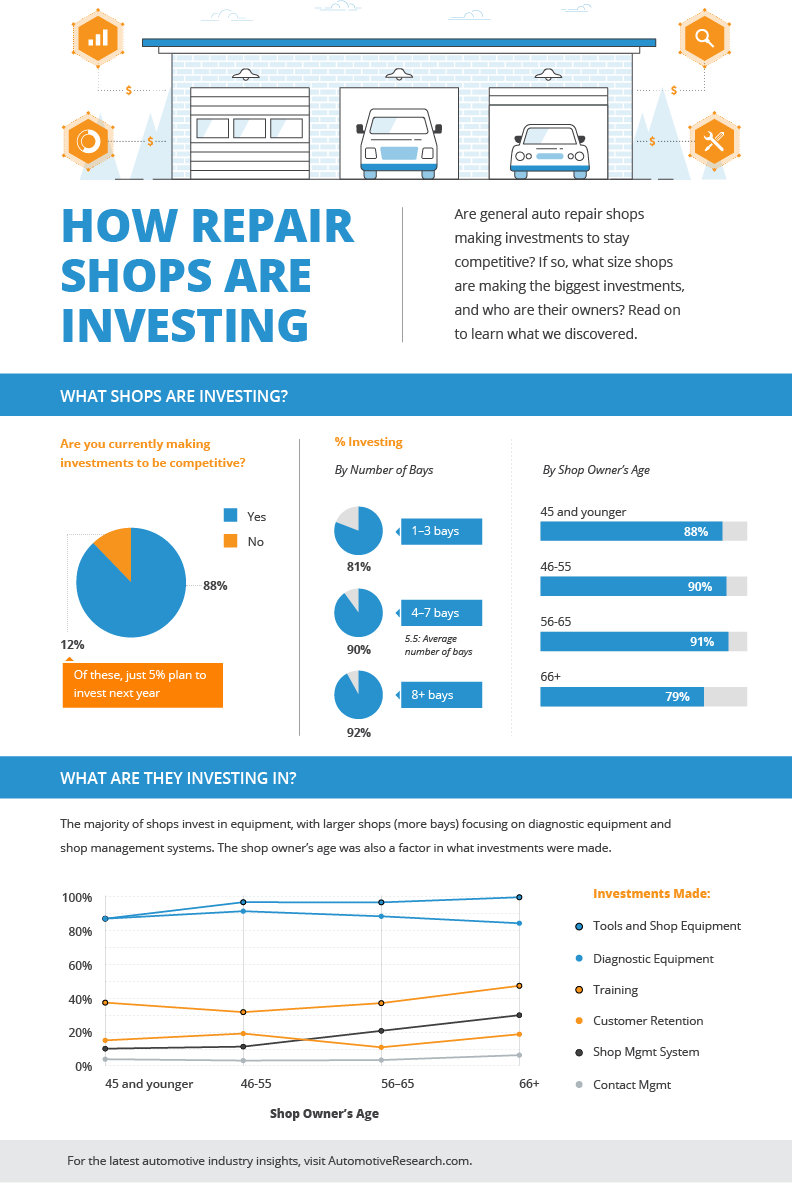Comprehending Your Vehicle'S Caution Lights: What Do They Actually Mean?
Comprehending Your Vehicle'S Caution Lights: What Do They Actually Mean?
Blog Article
Composed By-Hartley Gilbert
When you lag the wheel, those radiant caution lights on your control panel can be a little bit perplexing. Do you recognize what they're attempting to tell you concerning your automobile's wellness? Recognizing the importance of these lights is important for your safety and the long life of your automobile. So, the following time one of those lights appears, wouldn't you intend to decode its message precisely and take the required actions to resolve it?
Common Warning Lights and Interpretations
Recognize common warning lights in your vehicle and comprehend their meanings to guarantee secure driving.
The most common caution lights include the check engine light, which signifies concerns with the engine or emissions system. If this light begins, it's critical to have your car examined promptly.
The oil pressure alerting light indicates low oil stress, calling for prompt focus to avoid engine damages.
A blinking battery light may recommend a malfunctioning billing system, possibly leaving you stranded otherwise resolved.
The tire pressure surveillance system (TPMS) light informs you to low tire stress, affecting car stability and gas effectiveness. Ignoring this can lead to risky driving conditions.
The abdominal muscle light suggests an issue with the anti-lock stopping system, endangering your capability to stop quickly in emergency situations.
Finally, the coolant temperature level alerting light warns of engine getting too hot, which can lead to extreme damages if not dealt with quickly.
Comprehending these usual caution lights will aid you attend to problems without delay and keep secure driving conditions.
Value of Prompt Interest
Comprehending the common caution lights in your automobile is just the primary step; the relevance of immediately attending to these cautions can't be stressed sufficient to guarantee your safety when driving.
When a warning light brightens on your dashboard, it's your automobile's way of connecting a possible issue that needs attention. Ignoring these warnings can bring about much more serious issues later on, compromising your safety and security and potentially costing you more out of commission.
Trigger interest to cautioning lights can stop break downs and crashes. For example, a flashing check engine light can suggest a misfire that, if left neglected, can trigger damages to the catalytic converter. Addressing this without delay can conserve you from an expensive fixing.
In just click the next website page , a brake system advising light might signal reduced brake fluid or used brake pads, crucial parts for your safety when driving.
Do It Yourself Troubleshooting Tips
If you discover a caution light on your dashboard, there are a few do it yourself repairing pointers you can attempt prior to looking for specialist help.
The primary step is to consult your vehicle's guidebook to understand what the details warning light suggests. In some cases the issue can be as basic as a loose gas cap activating the check engine light. Tightening the gas cap may solve the problem.
Another typical problem is a reduced battery, which can set off various cautioning lights. Checking the battery connections for rust and ensuring they're safe may fix the issue.
If a caution light persists, you can try resetting it by disconnecting the cars and truck's battery for a couple of mins and after that reconnecting it. Additionally, checking https://spectrumnews1.com/ky/louisville/news/2022/03/18/lexington-auto-repair-shop-seeing-influx-in-customers-repairing-used-cars , such as oil, coolant, and brake liquid, can assist troubleshoot alerting lights connected to these systems.
Verdict
To conclude, recognizing your cars and truck's caution lights is necessary for maintaining your automobile running smoothly and securely. By immediately resolving these informs and knowing what they indicate, you can prevent costly fixings and possible breakdowns.
Remember to consult your automobile's handbook for particular information on each cautioning light and do something about it accordingly to make sure a hassle-free driving experience.
Remain notified, remain risk-free when traveling!
